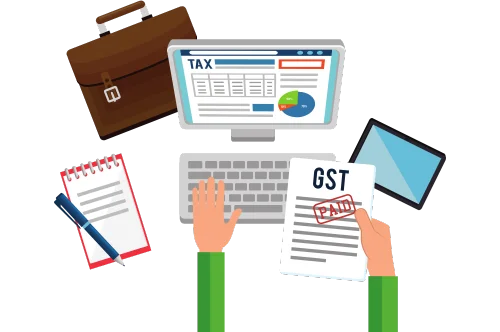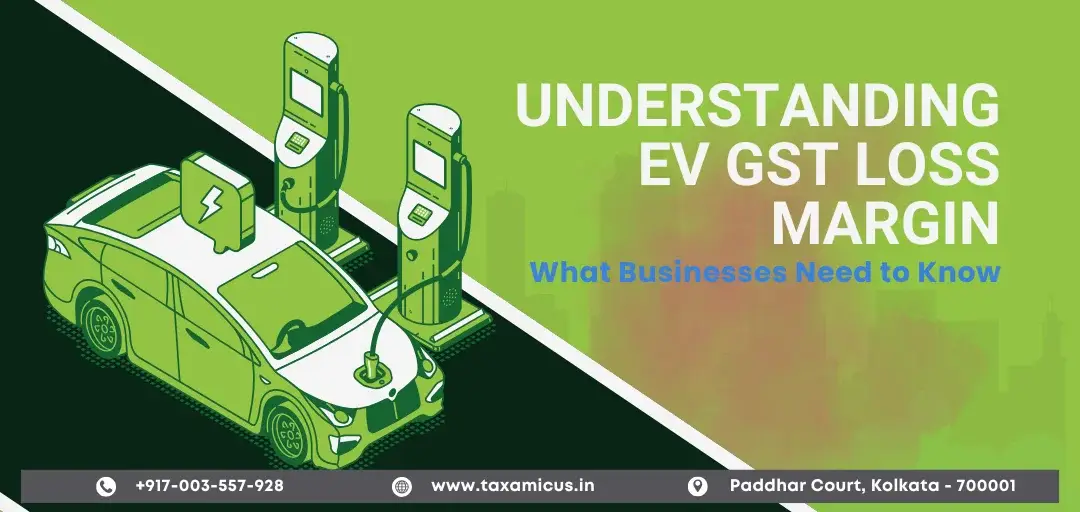Understanding EV GST Loss Margin: What Businesses Need to Know
Introduction
The Goods and Services Tax (GST) Council’s recent decision to increase GST on used electric vehicles (EVs) from 12% to 18% has generated significant discussion within the automotive industry. This change aligns the tax rate for used EVs with that of petrol and diesel vehicles, aiming for uniformity across vehicle types. However, it raises concerns about the EV GST loss margin for dealers and businesses involved in the resale of EVs.
Understanding the GST Rate Change
Previously, used EVs sold by registered businesses attracted a GST rate of 12%. The Council’s decision to raise this to 18% standardizes the tax treatment across all vehicle types. Importantly, this tax applies only to the margin—the difference between the purchase price and the resale price—when the vehicle is sold by a registered business. The focus on the EV GST loss margin highlights how this tax change affects businesses’ profitability.
Example:
If a registered dealer purchases a used EV for ₹9,00,000 and sells it for ₹10,00,000, the GST applies only to the ₹1,00,000 margin. At 18%, this amounts to ₹18,000 in GST. Conversely, if an individual sells a used EV to another individual, no GST is levied on the transaction. This clear distinction underscores how the EV GST loss margin impacts dealer transactions but not private sales.
Challenges Arising from the GST Increase
Impact on Profit Margins
The increased GST rate on the margin may compel dealers to adjust their pricing strategies, potentially affecting profitability. Dealers might need to lower their margins to remain competitive, thereby intensifying the EV GST loss margin issue that directly impacts revenue streams.
Market Dynamics
The higher tax rate could influence the pricing of used EVs, potentially affecting demand in the second-hand market. Consumers may become more hesitant to purchase used EVs if the increased GST leads to higher prices, further widening the EV GST loss margin for dealers attempting to meet market expectations.
Compliance Requirements
Businesses must ensure accurate calculation and remittance of GST on the margin, necessitating meticulous record-keeping and accounting practices. This adds an administrative burden, especially for smaller dealerships that may lack sophisticated systems. Efficient handling of the EV GST loss margin becomes critical to avoid compliance-related penalties.
Strategies for Businesses to Navigate the Change
Transparent Pricing
Clearly communicate to customers how GST affects pricing to build trust and maintain transparency. Providing detailed invoices that break down the GST component can help customers understand the EV GST loss margin and its implications on overall costs.
Operational Efficiency
Streamline operations to reduce costs, thereby mitigating the impact of reduced margins due to the higher GST rate. Implementing inventory management tools and exploring cost-effective procurement strategies can offset the EV GST loss margin and help maintain profitability.
Customer Education
Inform customers about the benefits of purchasing used EVs, such as lower depreciation and environmental advantages, to sustain demand despite potential price increases. Highlighting these advantages can help mitigate customer concerns related to the EV GST loss margin and support steady sales.
Implications for the EV Market
While new EVs continue to benefit from a concessional GST rate of 5% to encourage adoption, the increased tax on used EVs poses challenges. Dealers may face pressure to adjust pricing strategies, and consumers might reconsider purchasing decisions due to higher costs in the second-hand market. The EV GST loss margin has become a focal point of discussion, requiring businesses to adapt quickly to this evolving tax landscape.
Conclusion
The revision of GST on used electric vehicles to 18% presents both challenges and opportunities for businesses in the automotive sector. Addressing the EV GST loss margin is critical for dealers to navigate this change successfully. By adopting strategic measures, such as operational efficiency and transparent communication, businesses can minimize the impact of this tax adjustment while continuing to promote EV adoption. Staying informed and adaptable will be essential for thriving in the dynamic EV market.
Our GST Services

All E-commerce Tax services
E-commerce tax services help online sellers navigate GST registration, compliance, return filing, TCS management, tax planning, and audits, ensuring efficient tax management and legal compliance.

GST Filing
GST filing is the process of submitting tax returns to the government, detailing sales, purchases, and taxes paid or collected, ensuring compliance with GST laws.

GST Registration
GST registration is the process where businesses obtain a GSTIN from the government, allowing them to collect taxes, claim input tax credits, and comply with GST laws.





